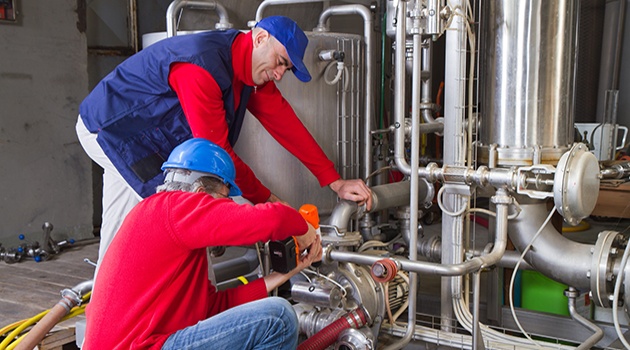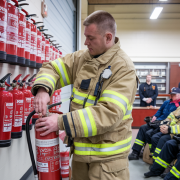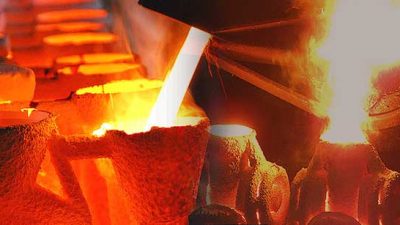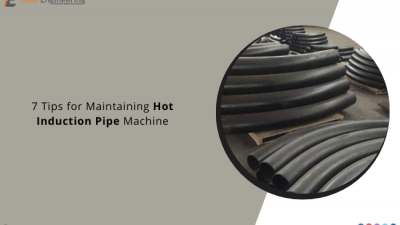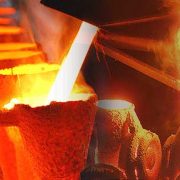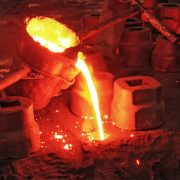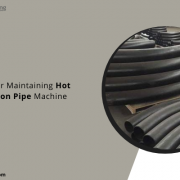Valve casting is a vital process in manufacturing valves used in various industries, including oil and gas. The process involves pouring molten metal into a mold to create the desired valve shape.
The casting process allows for the creation of complex shapes and designs, making it ideal for creating valves with intricate features essential in the oil and gas industry.
In recent years, It has been used to create innovative valve designs for the oil and gas industry, allowing for increased efficiency, safety, and reliability.
In this article, we will explore some of the innovative applications of valve casting in the oil and gas industry.
What is Valve Casting?
Valve casting is a specialized process that requires expertise and precision. The process involves several steps, including mold preparation, melting the metal, pouring the metal into the mold, and post-casting finishing.
The choice of metal used in the casting process is critical to the performance and durability of the valve.
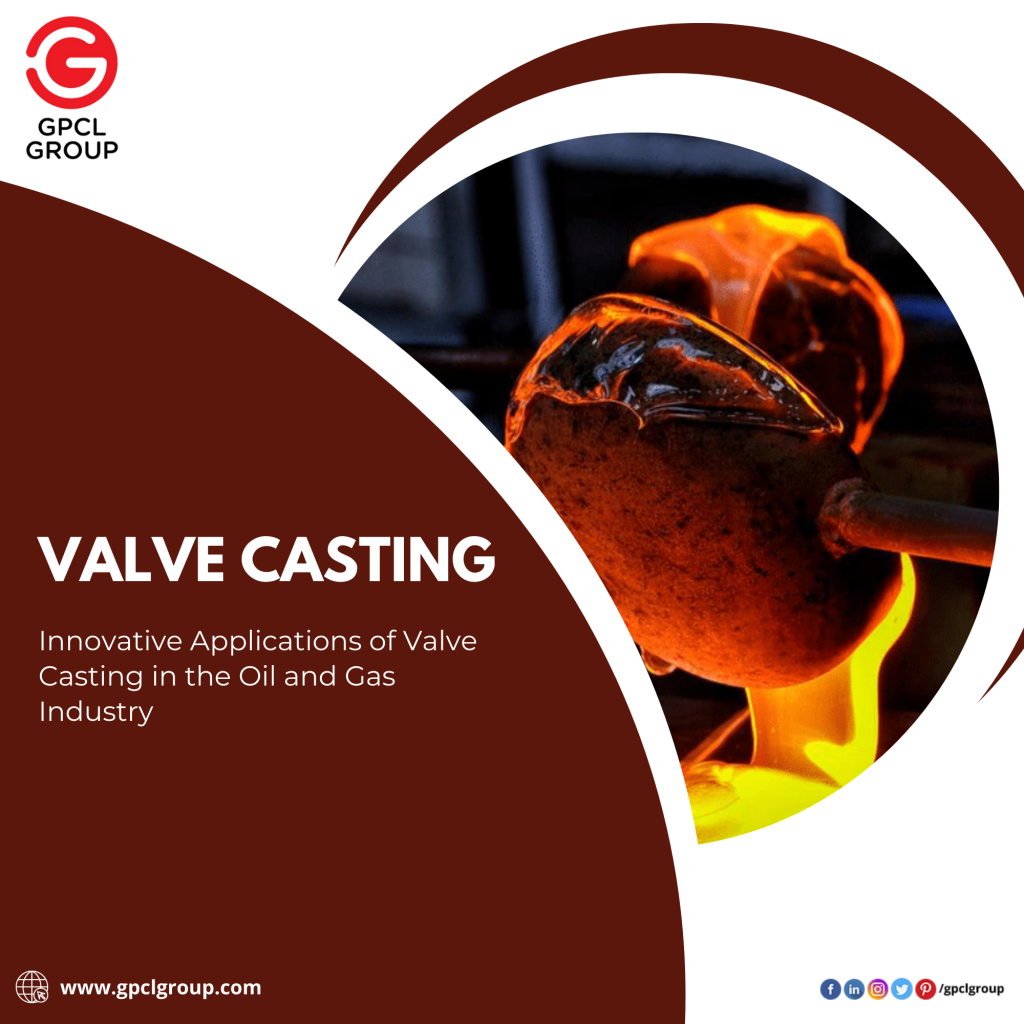
Innovative Applications of Valve Casting
1. High-pressure valves:
- The production of high-pressure valves that can withstand extreme conditions in the oil and gas industry. These valves are designed to regulate and control the flow of fluids at high pressures, preventing leaks and other accidents.
- This allows for the creation of valves with thick walls and intricate internal structures, making them highly durable and reliable.
2. Corrosion-resistant valves:
- In the oil and gas industry, valves are exposed to harsh environments that can cause corrosion and damage. This casting has made it possible to create highly resistant valves to decline, extending their lifespan and improving performance.
- The use of corrosion-resistant materials such as stainless steel and nickel alloys in valve casting has revolutionized valve manufacturing for the oil and gas industry.
3. Control valves:
- Enabled the creation of complex control valves that are essential in regulating the flow of fluids in the oil and gas industry.
- These valves are designed to respond to changes in pressure, temperature, and other variables, making them ideal for controlling the flow of oil and gas in pipelines and other systems.
- Allows for creating control valves with precise and reliable performance, improving the efficiency and safety of oil and gas operations.
4. Safety valves:
- This casting has also been used to create safety valves that prevent accidents and protect equipment in the oil and gas industry. Safety valves are designed to automatically open and release pressure when the system exceeds a safe limit, preventing damage and potential disasters.
- Allows for the creation of safety valves with intricate features and high precision, ensuring their reliable performance in critical situations.
In addition to the innovative applications mentioned above, this casting has also been used to create valves for other industries, such as the aerospace, automotive, and marine industries. These industries require valves that can withstand extreme conditions and perform with high precision, making valve casting an ideal manufacturing process. Additionally, the Universal Cylindrical Grinding Machine plays a crucial role in ensuring the precise finishing of these cast components, further enhancing their durability and performance under demanding conditions
One of the advantages of this casting is its ability to create complex shapes and designs, making it possible to manufacture valves with unique features and properties.
Conclusion:
This casting has enabled the creation of innovative valve designs that have revolutionized the oil and gas industry. The use of this casting in manufacturing high-pressure valves, corrosion-resistant valves, control valves, and safety valves has improved the efficiency, safety, and reliability of oil and gas operations.
As the oil and gas industry evolves, this will undoubtedly play a critical role in creating new and innovative valve designs to meet the industry’s ever-changing needs.
Also Read: What to Know When Buying White Gold Plated Jewelry?

